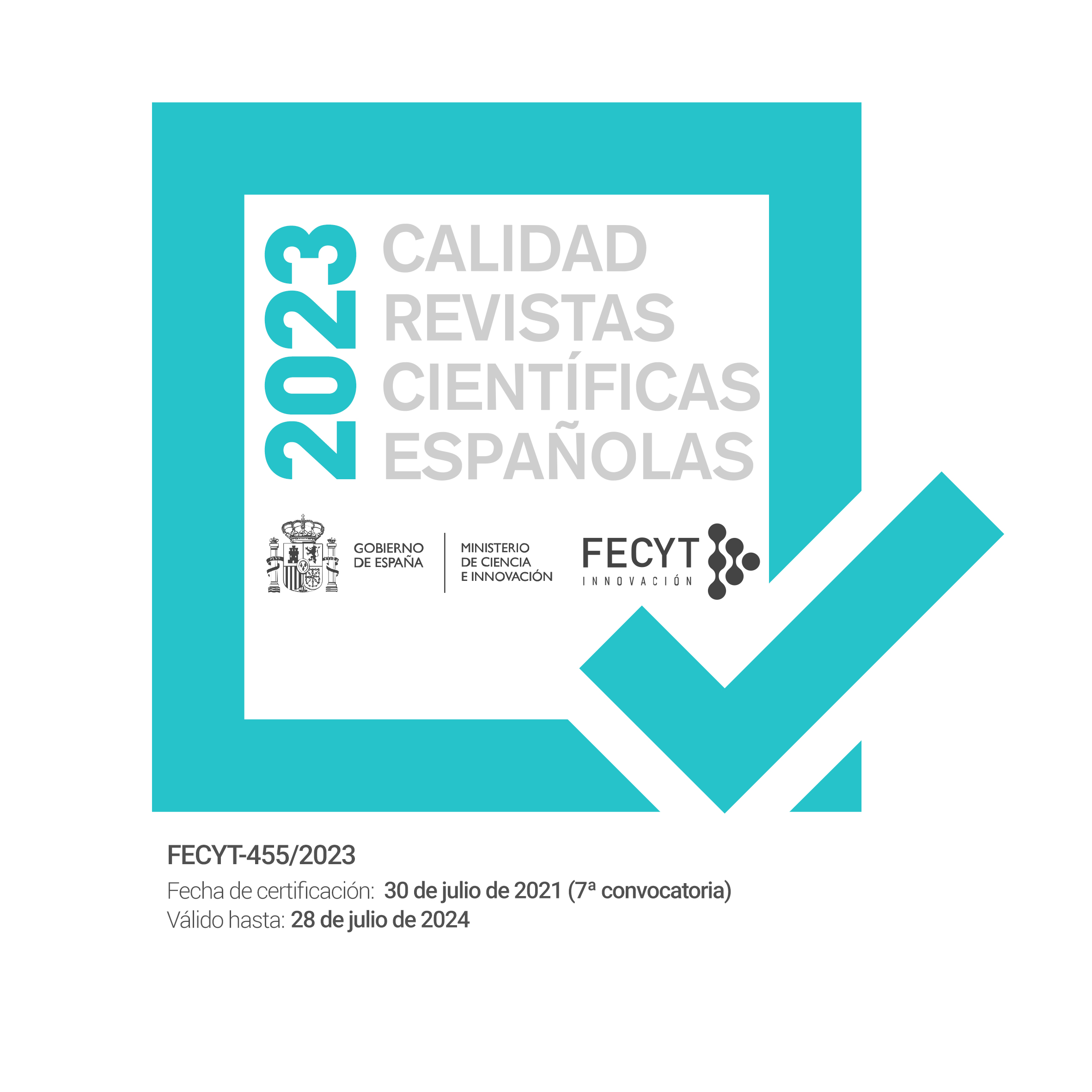The establishment of local worships in a comparative perspective. The cult of the Christ of Cabra in Andalucia and the cult of the Christ of Renca in the Diocese of Cordoba of Tucuman, XVII to XIX centuries
DOI:
https://doi.org/10.30827/cn.v0i39.1348Keywords:
Local devotions, Christ of Cabra, Christ of Renca, Comparative PerspectiveAbstract
The article is enshrined in the studies about religion practices and regional identities. It deals with the emergence of two local worships, the first one in Granada Kingdom and the other one in the Diocese of Cordoba of Tucuman in the Viceroyalty of Peru, among the XVIIth and XIXth centuries. On the one hand, it is about the Christ of Cabra or Cabrilla which developed in the eastern part of Andalucia alongside with the consolidation of the cattle tracks. And on the other hand, it deals with the advocation of the Christ of Renca in Cuyo in the Diocese of Cordoba that emerged in a commercial rout. The comparative perspective is useful to find similarities between these processes that looked alike inside the Catholic Monarchy. These devotions were framed in spaces that were recently “conquered” or “reconquered” and where the political and ecclesiastical weft was consolidating at the same moment that these worships arose.
Downloads
Downloads
Published
How to Cite
Issue
Section
License
Nuestra revista se atiene a las recomendaciones para la implementación del Artículo 37 Difusión en Acceso Abierto de la Ley de la Ciencia, la Tecnología y la Innovación:
- Los/as autores/as cuyas contribuciones sean aceptadas para su publicación en esta revista conservarán el derecho no exclusivo de utilizar sus contribuciones con fines académicos, de investigación y educativos, incluyendo el auto-archivo o depósito de los artículos aceptados en repositorios institucionales o temáticos de acceso abierto de cualquier tipo en un plazo máximo de seis meses.
- Preferiblemente se permitirá el uso de la versión publicada de las contribuciones científicas, que estarán accesibles en abierto tan pronto como sea posible.
-
Que en caso de que el trabajo sea aprobado para su publicación, el/la autor/a autoriza de manera ilimitada en el tiempo a la entidad editora para que incluya dicho texto en Chronica Nova y pueda reproducirlo, editarlo, distribuirlo, exhibirlo y comunicarlo en el país y en el extranjero por medios impresos, electrónicos, CD, Internet o cualquier otro medio conocido o por conocer.






 ISSN-e: 2445-1908
ISSN-e: 2445-1908










